Introducing the Tata Nexon EV Max, an enhanced and long-range version of the popular Nexon EV. Can this updated model, equipped with…
Introducing the Tata Nexon EV Max, an enhanced and long-range version of the popular Nexon EV. Can this updated model, equipped with improved performance and features, compete with its rivals? Let’s dive in and find out.
Tata Motors has established itself as a leader in the Indian electric vehicle (EV) market with the launch of the Nexon EV. Recently, they also unveiled the Avinya concept, generating a buzz on social media with images, walkarounds, and videos. Now, Tata Motors is back with the Nexon EV Max, a long-range iteration of the Nexon EV. The Nexon EV Max shares similarities with its predecessor but offers several technical and cosmetic upgrades. The Nexon EV has been a successful player in the EV industry, evident from its impressive sales numbers. However, some potential buyers were hesitant due to its limited electric range and fewer features compared to other cars in the same price range.
Fortunately, the Nexon EV Max addresses these concerns. Although it still carries a slightly higher upfront cost, potential buyers should consider the long-term savings an EV can provide. In this article, we’ll explore whether the Nexon EV Max deserves a place in your garage and whether the new improvements justify the price tag.

What’s New with the Max?
The addition of “Max” to the Nexon EV name signifies a more premium version. The Nexon EV Max boasts a larger 40.5 kWh lithium-ion battery pack, a 10 kWh increase compared to the standard Nexon EV. This 33% battery size boost translates to an impressive ARAI-claimed range of 437 kilometres. Moreover, the power and torque figures have received a significant bump, with an output of 143bhp and 250Nm respectively, surpassing the standard Nexon EV. The power is delivered to the front wheels through a Permanent magnet synchronous AC motor.
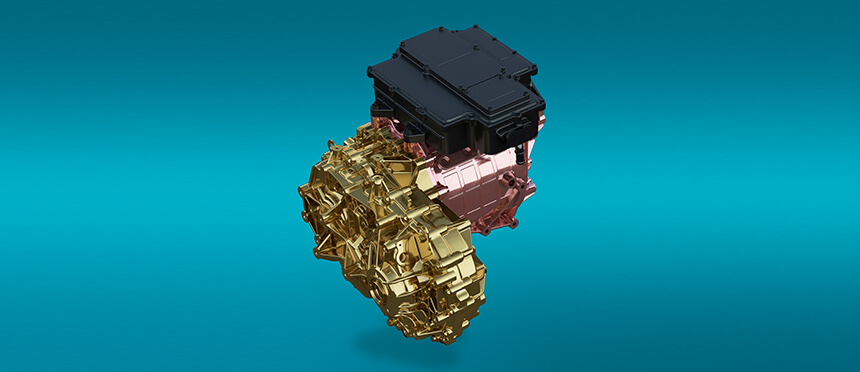
With these improvements, the EV Max has become slightly heavier, weighing 100 kg more than its predecessor. This weight gain is primarily due to the larger battery pack, which results in a reduced ground clearance of 15mm and a 20mm decrease in the rear knee room. Despite the additional weight, the Nexon EV Max is claimed to be 0.9 seconds faster, accelerating from 0 to 100 km/h in just 9 seconds. Unfortunately, I wasn’t able to test this firsthand, but the Nexon EV Max did feel quicker during my experience.

The increased weight doesn’t strain the motors, thanks to the marginal power and torque enhancements. Additionally, Tata Motors has maintained the segment-leading ground clearance of 190mm, ensuring the Nexon EV Max remains on par with its rivals. The minor reduction in knee room may not be a concern unless the rear occupants are exceptionally tall.

How Far Can the Max Take You?
Determining the actual range of the Nexon EV Max will require more time. However, during my testing, the system display showed 330 kilometres at a full charge, which is subject to variation based on driving conditions and individual driving habits. After driving for around 80 to 90 kilometres, including testing regenerative braking levels, different driving modes, and periodic use of ventilated seats to conserve range, the remaining range displayed was 174 kilometres with 54% battery capacity still available.
These figures should appeal to prospective buyers, especially considering the price bracket below 20 lakh rupees. Compared to rivals like the Hyundai Kona and MG ZS EV, the Nexon EV Max offers a cost-saving advantage of six to seven lakh rupees.
Charging Times and Options
Charging the Nexon EV Max provides three options: a standard 3.3 kW charger, which takes approximately 15 hours to fully charge the vehicle when connected to a 15A socket, a 7.2 kW wall box that reduces charging time to around 6.5 hours (offered at an additional cost of 50,000 rupees), and a 50 kW fast charger available at charging stations, capable of charging the vehicle from 0 to 80% in 56 minutes. The ZConnect app provides access to charging statistics, driving scores, and controls for added convenience.

Regenerative Braking and Driving Modes
The Nexon EV Max offers four levels of regenerative braking, allowing for a tailored driving experience. Level zero allows the vehicle to coast when the throttle is released, while level 1 provides gradual deceleration. Level 2 offers faster deceleration, and level 3 enables quick deceleration without completely stopping until the brakes are applied. These levels are easy to adapt to and contribute to a comfortable driving experience, although a thorough road test would provide a more comprehensive understanding.
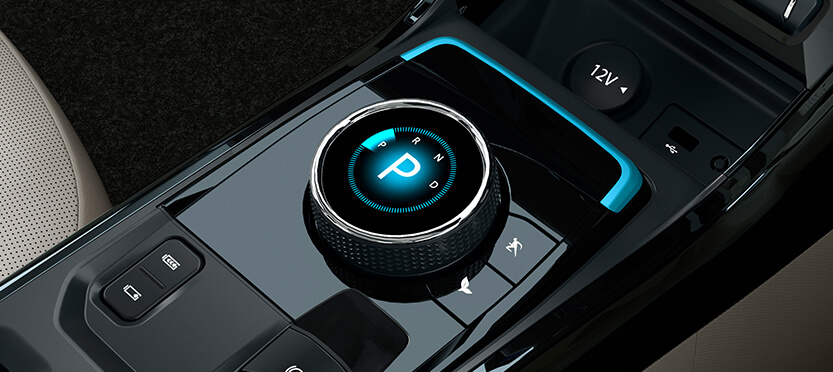
Cosmetic Updates and Distinctions
Visually, the Nexon EV Max closely resembles the standard Nexon EV, with the same overall silhouette and no noticeable changes at the front and rear. The only distinguishable alteration is the redesigned 16-inch diamond-cut alloy wheels and the replacement of rear drum brakes with disc brakes. Unless closely examined, it is difficult to differentiate between the Nexon EV and EV Max. The EV Max features an exclusive intense-teal paint finish but lacks any visible Max badging, suggesting that Tata Motors positions it as an improved variant rather than an entirely new model.
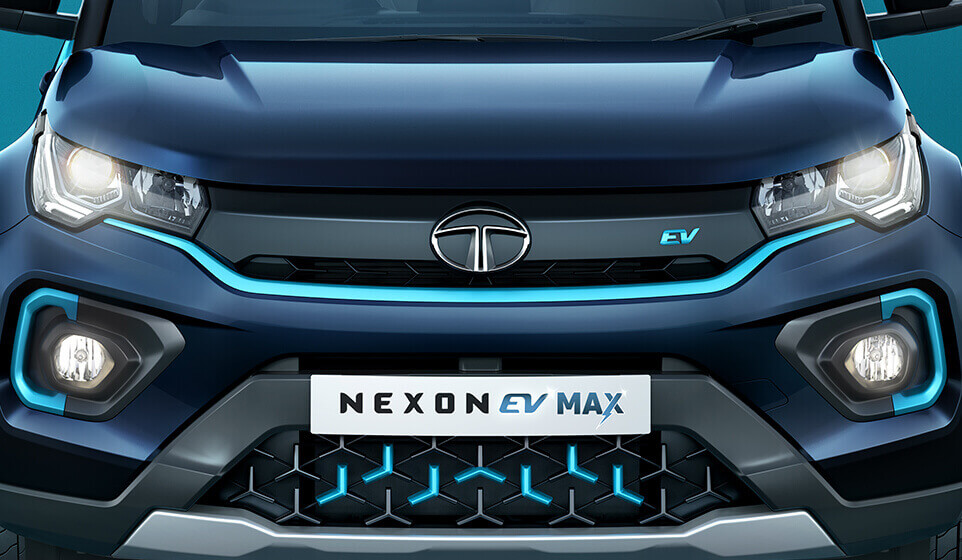
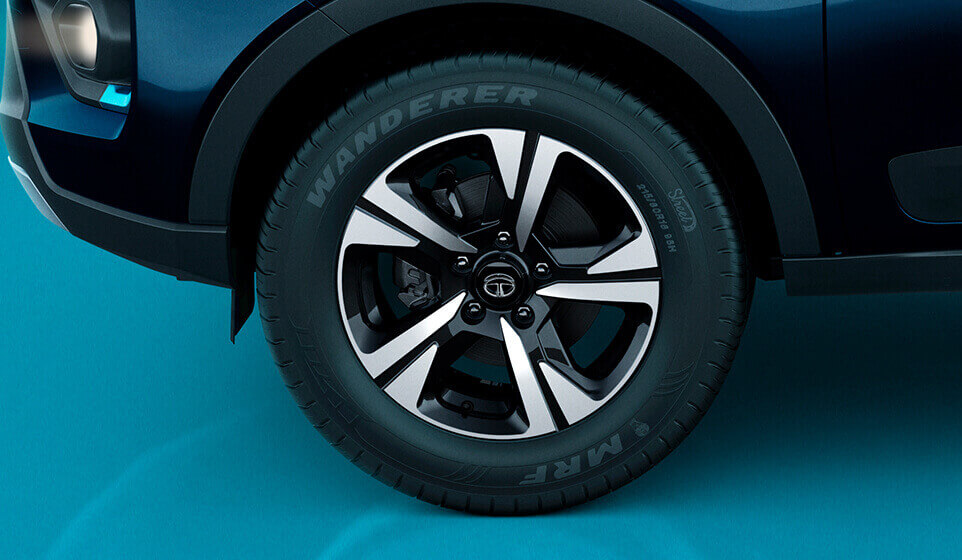

Interior Changes and Features
Stepping inside the Nexon EV Max, you’ll find a familiar cabin layout, similar to the outgoing Nexon EV. Notably, the interior upgrades include a revamped centre console, a wireless charging dock, an electronic sunroof, ventilated front seats, an air purifier, and a premium finish for the rotary gear knob. The gear knob now features an integrated display that indicates the engaged gear with distinct backgrounds corresponding to the three driving modes: Eco, City, and Sport. These modes affect throttle response and have an impact on the electric range.

Safety Features and Ratings
Safety is a top priority for Tata Motors, evident in the addition of several safety features to the Nexon EV Max. These include hill hold assist, hill descent control, ESP, electronic hand brake, reverse park assist, and a tire pressure monitoring system, crucial for maintaining optimal tire performance. While the Nexon EV Max hasn’t undergone specific safety testing, it shares the structural integrity of its ICE sibling, which has received a five-star Global NCAP rating. This should provide reassurance to prospective buyers regarding the safety of the Nexon EV Max.

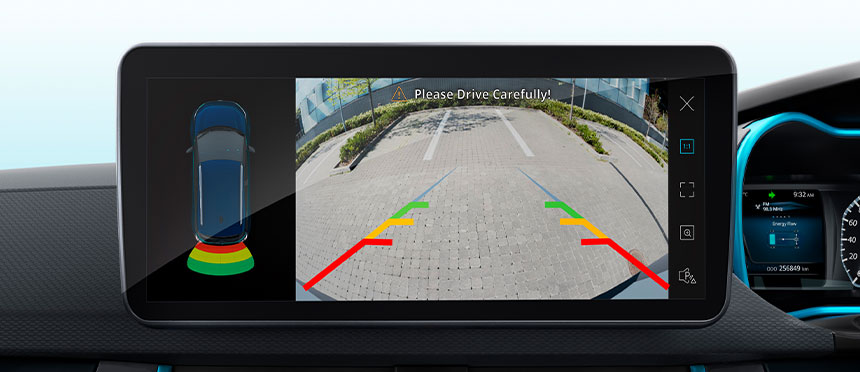
Ride and Handling Experience
Considering the weight increase due to the battery pack, I anticipated a significant impact on the ride and handling. However, Tata Motors has once again demonstrated its expertise by finely tuning the suspension. The Nexon EV Max delivers a well-balanced ride quality similar to the standard Nexon EV. The suspension effectively absorbs undulations and bumps, providing a comfortable cabin experience whether driving at high speeds on highways or manoeuvring through rough patches. The Nexon EV Max’s steering has a noticeable weightiness, and the body roll is well-controlled. Combined with the low centre of gravity, this inspires confidence while cornering. The inclusion of ESP further enhances stability by regulating wheel spin. Overall, the ride and handling of the Nexon EV Max meet expectations and align with its standard sibling’s performance.

Is the Nexon EV Max Worth Buying?
The Nexon EV Max is available in two variants: the entry-level XZ+ priced at Rs 17.74 lakh and the top-of-the-range XZ+ Lux priced at Rs 19.24 lakh. These variants command a premium of Rs 3.45 lakh and Rs 2.04 lakh, respectively, over the corresponding variants of the standard Nexon EV. While the price difference may seem substantial, the Nexon EV Max offers additional range, a larger battery, and a host of features and safety equipment. With an estimated range of 340 kilometres on a full charge, the Nexon EV Max eliminates range anxiety compared to the standard Nexon EV, which struggles to exceed 240 kilometres. Moreover, when compared to rivals like the Hyundai Kona and MG ZS EV, the Nexon EV Max provides a cost advantage while delivering similar or superior specifications, including a larger battery, extra cabin space, and additional features.
For safety-conscious buyers, the Nexon EV Max incorporates important safety features like a hill hold assist, hill descent control, ESP, electronic hand brake, reverse park assist, and a tire pressure monitoring system. These features, combined with the five-star Global NCAP rating of the ICE variant, make the Nexon EV Max a reliable choice.
During my test drive, I found the ride and handling of the Nexon EV Max to be well-balanced, with smooth suspension and controlled body roll. The added heft to the steering, coupled with the ESP, contributes to confident and agile cornering.
Considering the price, enhanced specifications, and Tata Motors’ reputation for reliability, the Nexon EV Max proves to be a compelling option for those in the market for an electric vehicle.

